医疗特色

快速响应 服务近在咫尺
在中国,我们拥有完整的四级服务架构。客户呼叫中心7x24小时服务、专家坐 席、完备的三级备件库、先进的CRM客户关系管理系统、主动预防式服务等,为客户提供专业的售后设备保障。从北端的漠河到南海西沙群岛、从西藏阿里到东端的舟山群岛……无论客户身处何方,天奥服务近在咫尺。

原厂服务 全程呵护
我们拥有超过99名直属工程师以及经原厂培训、考核及认证的专业服务分包商组成的服务团队,以涵盖工程、临床等多学科的原厂自主知识技术和丰富经验,不仅能及时响应每一次的服务申告,更将主动预防体现于设备运行的每个细节,全程呵护设备安全,有效化解医疗风险。

贴近科室业务,提高医疗服务水平
天奥服务依托于918博天堂体育·(中国)官方网站在工程领域创新技术以及在临床领域的研究成果,亲近科室全方位、多层次需求,不仅要让设备性能得以最大程度发挥,更期盼帮助医生提高临床医疗服务水平。通过全面的临床应用培训,设备维护及保养指导,协助用户建立质控体系,保障设备高效运行;通过学术交流和高峰论坛,协助医护人员走在临床应用领域的最前沿;根据医院科室的实际需求以及医疗行业发展趋势提供科室业务运营咨询,提升医疗服务品牌。
产品导航
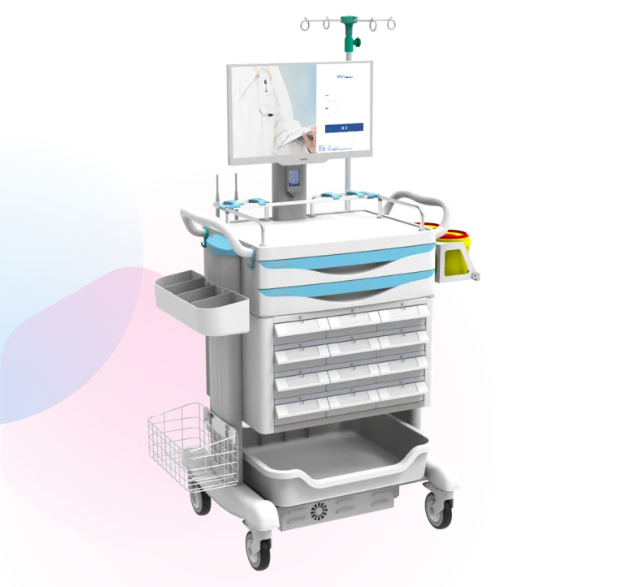
天奥智能发药车
在医疗场景中,床旁药品分发效率低、人工核对易出错、库存管理不透明等痛点长期困扰医护人员。天奥智能发药车(Smart Dispensing Cart, SDC)以其AIoT融合技术与全流程数字化管理,重新定义药品分发标准,为医院打造更安全、精准、高效的用药管理体系。
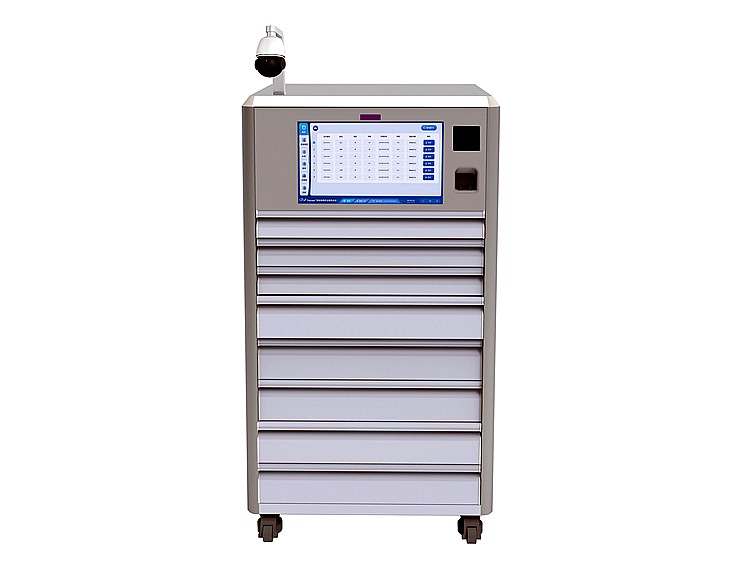
智能麻精药品柜
1、提高麻醉药品的存储安全 智能麻精药品管理系统采用抽屉存储药品,可全部拉出,药品单层放置,批号、数量一目了然;识别双人人脸或指纹即可开柜,轻松做到“双人双锁”;并可根据需求对药师权限进行设置,使麻醉药品“专柜加锁”的要求落到实处,存储更安全。 2、提升工作效率 存取、补药、回收、盘点操作智能提示、专册的自动生成、自动核对提醒;提高麻精药品使用相关科室的药品流转时间、使用效率,节约医生工作时间。据统计,系统使用前与使用后比较,每天交接班用时由15分钟缩短至9分钟;处方调配用时由每天30分钟缩短至10分钟;基数补药汇总用时由每天的10分钟缩短至1分钟。节约了63%的时间。 3、差错防范能力 利用取药智能指引技术,效期自动管理,取药错误自动提示,使药师取药更加精准,杜绝了人为错误;《麻精药品使用记录表》、《交接班报表》,《患者用药记录表》等以前需要人工记账的管理报表及账册现在全部实现自动系统记录,自动导出。不仅免除了大量的人力成本和时间,而且记录详细,杜绝了人为因素的记录错误。 4、全流程可追溯 智能麻精药品管理系统对每次操作都可实时记录,从申领入库、出库到值班柜到发放给科室和病区,麻醉药品在院区流通的各个环节都有迹可循、有据可查,麻醉药品的批号管理也能贯彻全程。
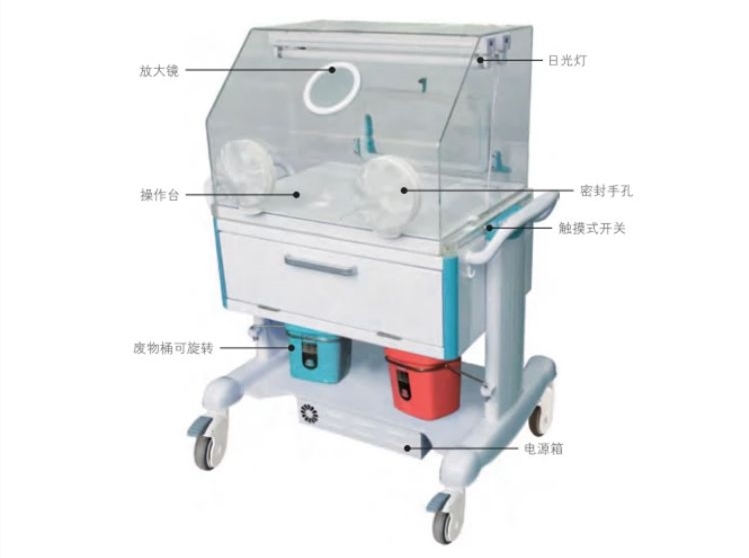
安全移动配药车
整车为机电结合高端产品,功能齐全。底部配有高性能锂电池,为医护人员配制各种药物提供空气过滤、照明等措施,有效保护工 作人员不受挥发药物的侵害; 整车箱体与外界隔离,内部通过活性炭吸附过滤,其效率达到95%,保证排到外界的空气符合人体吸入的安全值标准。活性炭耗 材更换方便快捷; 左右两侧配有工程塑料扶手和挂钩,
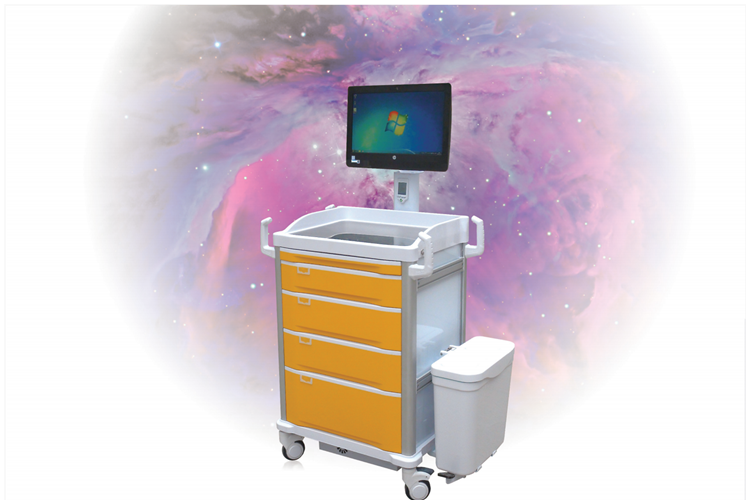
太空系列-无线移动医疗车
建立完善一套从护理到临床的无纸化、无线化、无胶片化的医护信息化系统。医护人员可以使用移动医护推车直接到患者床边进行查房、阅片、下医嘱、执行核对医嘱 ,使得患者信息传递更迅速准确,处理更及时,提升医疗护理质量。移动护理车可装载病历、体温计、听诊器、药品等床旁护理需要的工具及药品。
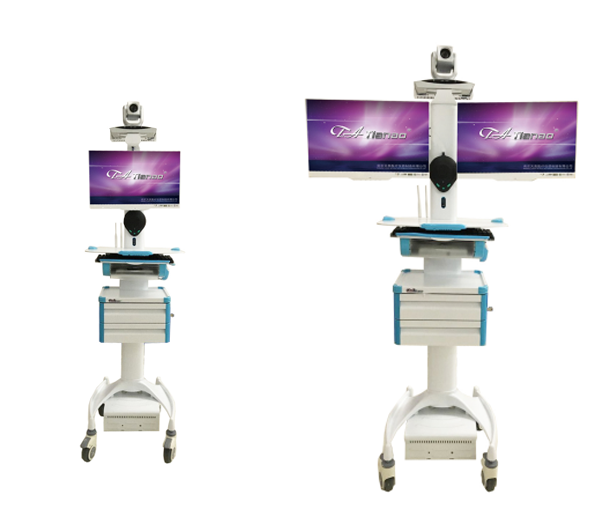
ICU多向高清探视系统
天奥ICU探视系统是指通过计算机技术、通信技术与多媒体技术,同医疗技术相结合,旨在提高探视与医疗水平、降低医疗开支、满足广大人民群众探视需求的一项全新的医疗服务。 极大地降低了探视人的时间和成本,良好地管理和分配偏远地区的紧急医疗服务,共享病人的病历和诊断照片,为偏远地区的探视人员提供更好的探视沟通,家属与病人远程通过网络可以实时观看和语音交流,不再受ICU室空间和条件的限制、探视人数不受限制、护士的注意力不再受到病人家属影响、ICU室受到交叉感染率大大降低,极大的改善国内的整体医疗服务水平。
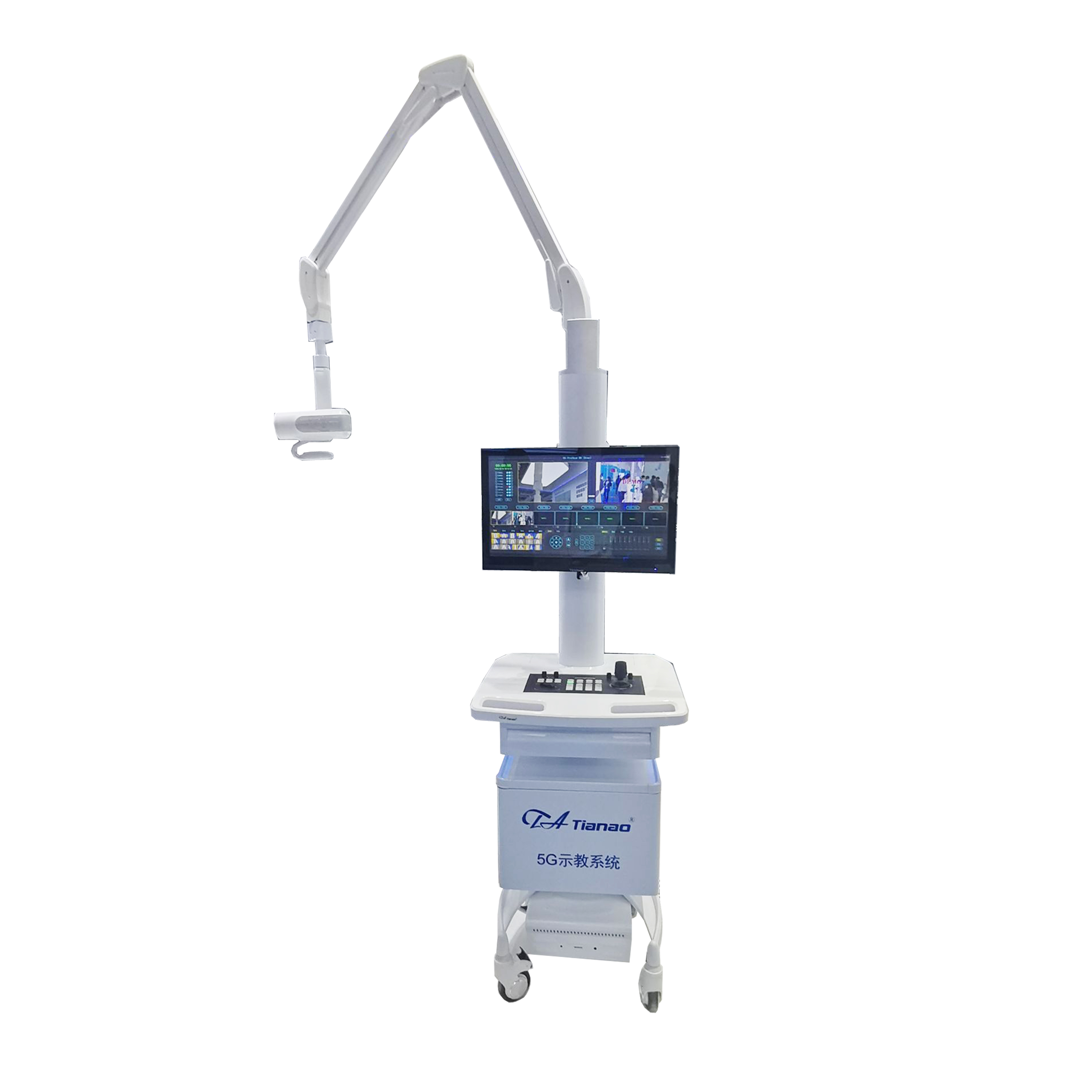
医疗示教多模式录播系统
随着科技的发展,人们对信息交流的及时性、准确性和全面性不断提出更高要求,高质量的沟通要求使用更为丰富、生动的视讯传输方式。如何利用网络的普及,将信息更快、更广、更高、更全传播出去。大数据直播点播系统实现了对3d手术、会议、教学等现场各表情、语言、肢体动作以及其板书、文档、多媒体设备;与会人员讨论方倾听、回答、交流全方位各因素进行实时同步导播切换、直播与录制,也多画面会议场景同步网络直播和保存,让更多人了解、参与到会议中。

护士移动工作站(轻型)
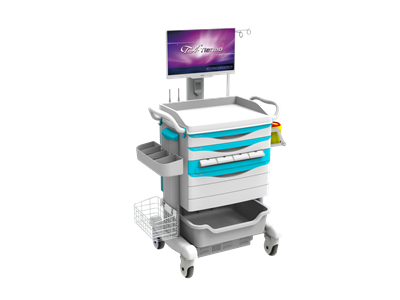
无线移动护士工作站
新闻动态
2023-06-26
说明书
2023-05-18
〖聚焦CMEF〗天奥把未来现在就给你——创新驱动,服务新一代918博天堂体育·(中国)官方网站医院
5月14日,以“创新科技、智领未来”为主题的“第87届中国国际医疗器械(春季)博览会 ”于国家会展中心(上海)盛大开幕,超过7000家医疗器械生产企业和全球150多个国家和地区的行业从业人员齐聚年度盛典。本次南京天奥智能医疗科技有限918博天堂体育·(中国)官方网站(简称“天奥智能”)携手918博天堂体育·(中国)官方网站(简称“天奥医疗”)联合参展,以“创新驱动,服务新一代918博天堂体育·(中国)官方网站医院”为主题,推出“智能药品管理系统”、“918博天堂体育·(中国)官方网站病房远程
2023-03-31
南京天奥医疗向养老机构捐赠护理设备
3月30日上午,“树敬老之风、促社会文明”护理设备捐赠仪式在浦口经济开发区企业918博天堂体育·(中国)官方网站举行,浦口区工商联副主席何晓、浦口区妇联副主席张春湘等相关单位负责同志参与捐赠仪式。此次捐赠的40张护理床由浦口区慈善总会牵头,将被分别运往浦口区内四家养老机构,从而改善养老机构的硬件设施,为老人提供高质量生活,用实际行动向老年群体送上关爱之情。“尊老爱幼是中华民族的传统美德。”南京天奥医疗仪
2023-03-29
CHIOTC风采|天奥智能火爆亮相第四届全国医院物联网大会
3月26日,以“新医院、新基建”为主题的“第四届全国医院物联网大会暨中国国际医院物联网产品展览会(CHIOTC)”于安徽国际会展中心顺利闭幕。本次展会天奥智能以“安全自主可控、赋能医疗创新”为主题,携带国产化“医院智能药品管理系统”亮相,在展会上吸引了众多来自医院与行业的专家、嘉宾以及媒体的热切关注。天奥智能与 OpenHarmony 头部企业江苏润和软件股份有限918博天堂体育·(中国)官方网站(以下简称“润和软件”)达成战
2022-09-18
天奥智能麻精药品管理系统
天奥智能麻精药品管理系统视频
扫描二维码分享到微信